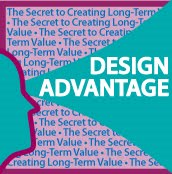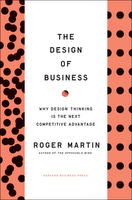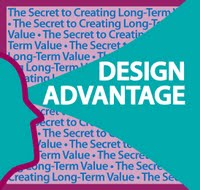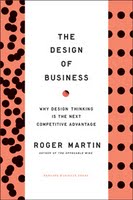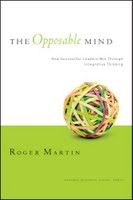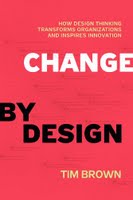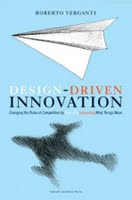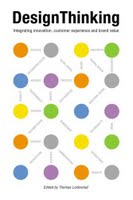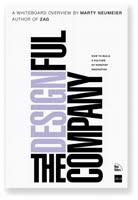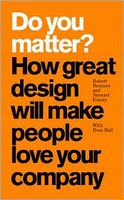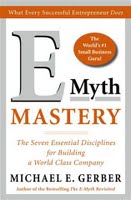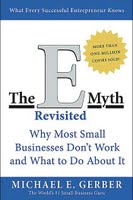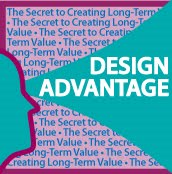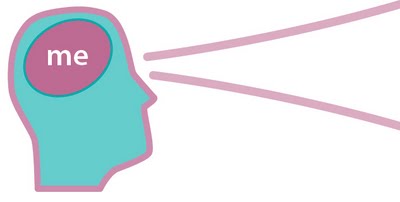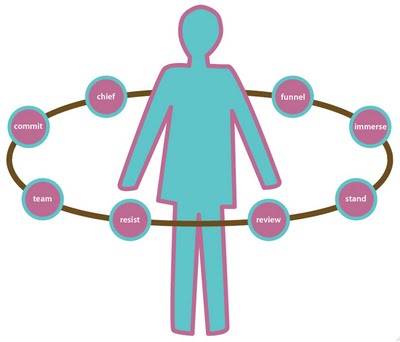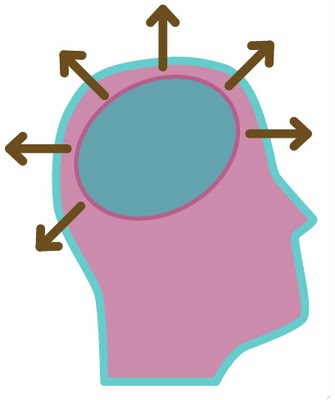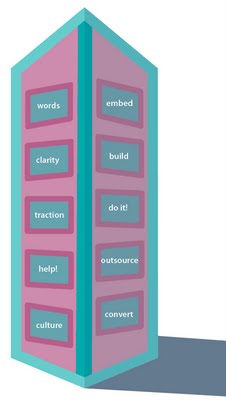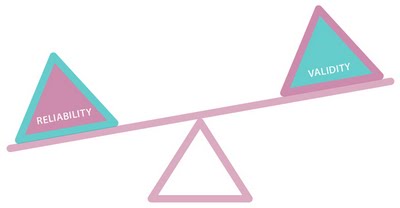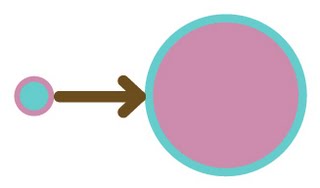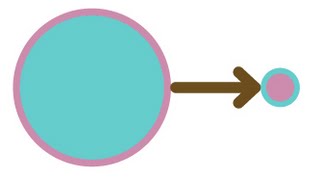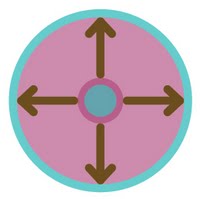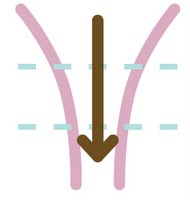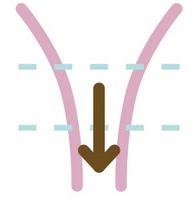Design Thinking Super Links
Design Thinking Super Links
After putti
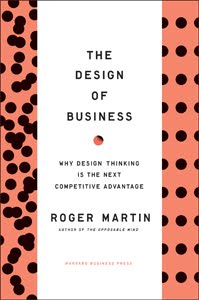 ng out a bucket load of thinking around Design Thinking, I've had several requests to put all the links in one place… like a super links page.
ng out a bucket load of thinking around Design Thinking, I've had several requests to put all the links in one place… like a super links page. So here goes...
The Book and Author
The Book: Roger Martin's The Design of Business
http://www.amazon.com/Design-Business-Thinking-Competitive-Advantage/dp/1422177807
The Author: Roger Martin's Website:
http://rogerlmartin.com/
The Twit Rapper Versions in 26 tweets
First Half
http://www.bookrapper.com/2010/02/twit-rapper-design-advantage.html
Second Half
http://www.bookrapper.com/2010/02/twit-rapper-design-advantage-part-2.html
The Movie
http://www.bookrapper.com/2010/02/twit-rapper-design-advantage-movie.html
The Book Rapper Version
Intro
http://www.bookrapper.com/2010/01/design-advantage-secret-to-creating.html
Review of The Design of Business
http://www.bookrapper.com/2010/01/design-advantage-secret-to-creating_16.html
RAP1: The Business Paradox
http://www.bookrapper.com/2010/01/design-advantage-secret-to-creating_17.html
RAP2: The Knowledge Funnel
http://www.bookrapper.com/2010/01/design-advantage-secret-to-creating_18.html
RAP3: Opportunities
http://www.bookrapper.com/2010/01/advantage-secret-to-creating-long-term.html
RAP4: Design Thinking
http://www.bookrapper.com/2010/01/design-advantage-secret-to-creating_20.html
RAP5: The Reliability Bias
http://www.bookrapper.com/2010/01/design-advantage-secret-to-creating_21.html
RAP6: Building Within
http://www.bookrapper.com/2010/01/design-advantage-secret-to-creating_22.html
RAP7: Project Power
http://www.bookrapper.com/2010/01/design-advantage-secret-to-creating_23.html
RAP8: Design Training
http://www.bookrapper.com/2010/01/design-advantage-secret-to-creating_24.html
RAP9: Leading Design
http://www.bookrapper.com/2010/01/design-advantage-secret-to-creating_25.html
RAP10: Designing Yourself
http://www.bookrapper.com/2010/01/design-advantage-secret-to-creating_26.html
RAP11: Designing with Others
http://www.bookrapper.com/2010/01/design-advantage-secret-to-creating_27.html
Book Rapper Context: For Future Sake!
http://www.bookrapper.com/2010/01/design-advantage-secret-to-creating_28.html
Action Plan: Designing Your Future
http://www.bookrapper.com/2010/01/design-advantage-secret-to-creating_29.html
Companion Pieces
http://www.bookrapper.com/2010/01/design-advantage-secret-to-creating_30.html
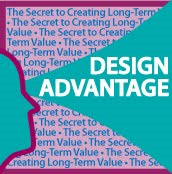 Get the full Book Rapper issue: Design Advantage - includes all the RAPs
Get the full Book Rapper issue: Design Advantage - includes all the RAPshttp://www.bookrapper.com/
Bonus Bits
Top Seven Design Thinking Books
http://www.bookrapper.com/2010/01/design-advantage-secret-to-creating_31.html
The Design Thinking Audit
http://www.bookrapper.com/2010/02/design-thinking-organizational-audit.html
The Design Thinking Audit handout from our Ideas Lunch
http://www.ideaslunch.com.au/docs/Design_Thinking_Audit.pdf
Labels: Business Design, Design, Design Advantage, Design Thinking, Roger Martin, The Design of Business, Twitrapper










